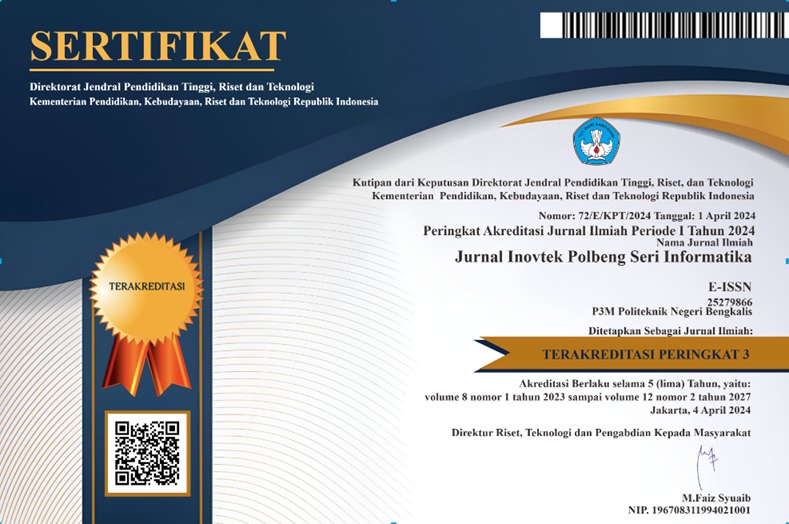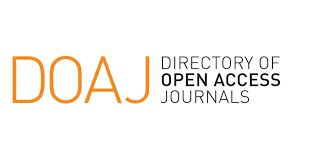Underwater Single and Multiple Objects Detection Based on the Combination of YOLOv7-tiny and Visual Feature Enhancement
DOI:
https://doi.org/10.35314/91b9qn06Keywords:
Breakwater construction, Tetrapod, Underwater Image, Object Detection, Turbidity, Computer VisionAbstract
Breakwater construction in Indonesia frequently employs tetrapods to dissipate wave energy. However, the placement process remains manual, relying on divers to guide crane operators. This approach not only poses safety risks but also limits visibility due to underwater turbidity. While prior research has focused on underwater image enhancement, the integration of tetrapod object detection remains unexplored. This study proposes a combined method of underwater image enhancement and tetrapod object detection to support land-based operator visualization. Auto-level filtering and histogram equalization techniques were applied to enhance image clarity, followed by object detection using the YOLOv7-tiny model. Tetrapod models at a 1:20 scale were used for training and testing. The proposed system achieved a mean average precision (mAP) of 0.95. Evaluation was conducted across 12 scenarios, involving four lighting levels and two water conditions: clear and 45.8% turbidity. The object detection confidence scores were 0.80 without enhancement, 0.85 with histogram equalization, and 0.84 with auto-level filtering. Multiple object detection achieved an accuracy of 88.75%, outperforming previous approaches using YOLOv4-tiny. The results demonstrate the potential of integrating image enhancement and deep learning-based object detection for improving underwater operational safety and placement precision in breakwater construction.
Downloads
Downloads
Published
Issue
Section
License
Copyright (c) 2025 INOVTEK Polbeng - Seri Informatika

This work is licensed under a Creative Commons Attribution-NonCommercial-ShareAlike 4.0 International License.














